On the three Sundays immediately preceding Lent the town is occupied by a festive crowd of masks, costumed groups and simple spectators, gathered by the spectacle offered by the parades of allegorical floats, winding slowly along the designated path on a thick carpet made of confetti and streamers, in the cacophonous and joyful confusion caused by the mixture of cheerful music and festive noises.
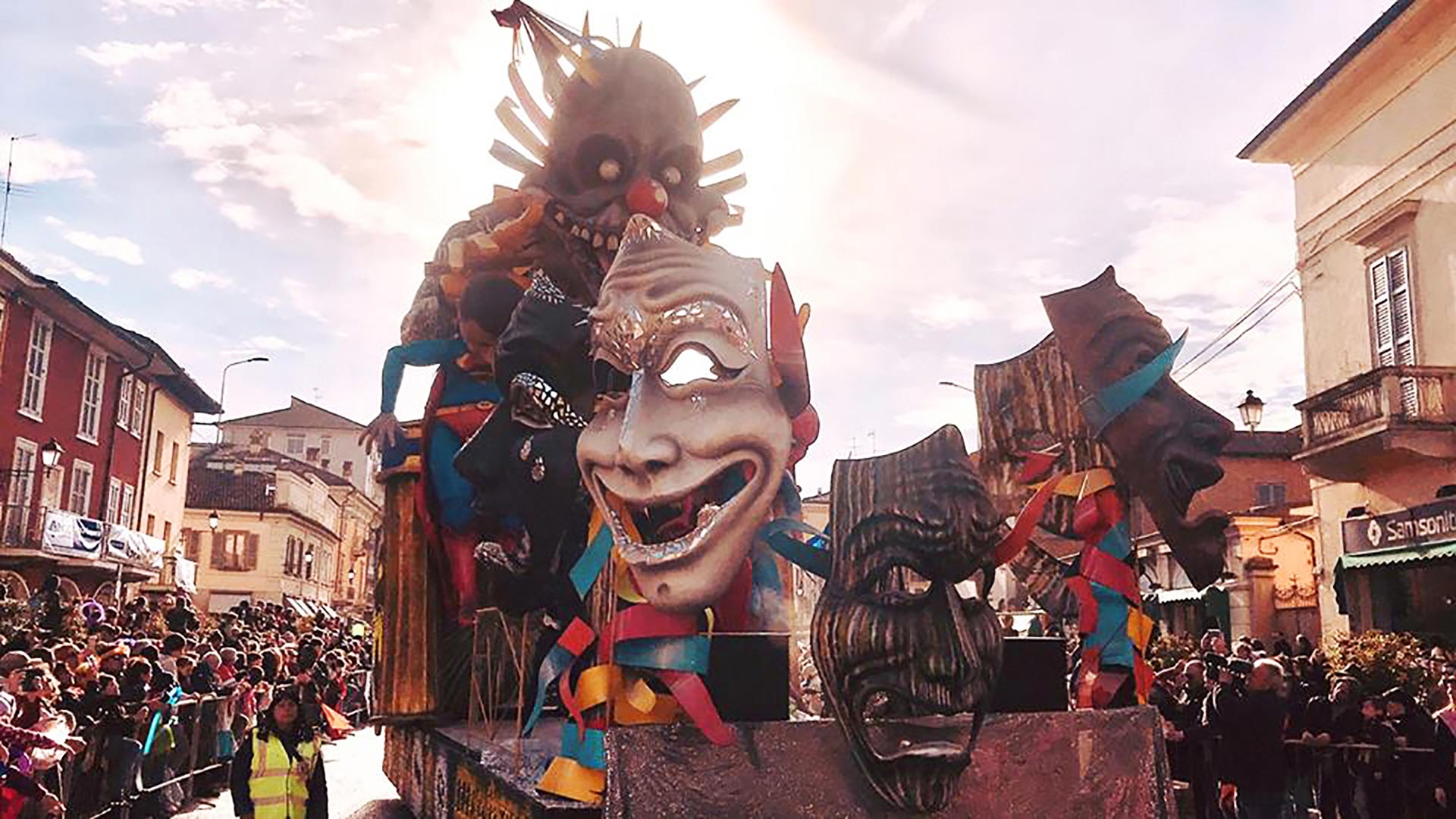
You can also feel the same atmosphere in the town centre where, on the same days, there are various side events mainly dedicated to children and where food stalls and crafts markets are set up. Attendance is also favoured by the possibility to utilise convenient tourist packages, such as those proposed by the “Carnival Card”, which allows access to the parades, lunch and guided tours of the town at reduced prices.
During the whole carnival period, a typical range of tasty cakes are prepared, from “frèciule” or “chiacchiere” (a kind of crunchy pancake), to “chisulì” (bite-sized donuts with raisins or apple and sprinkled with sugar) and “castagnòle” (a type of dumpling-sized doughnut).
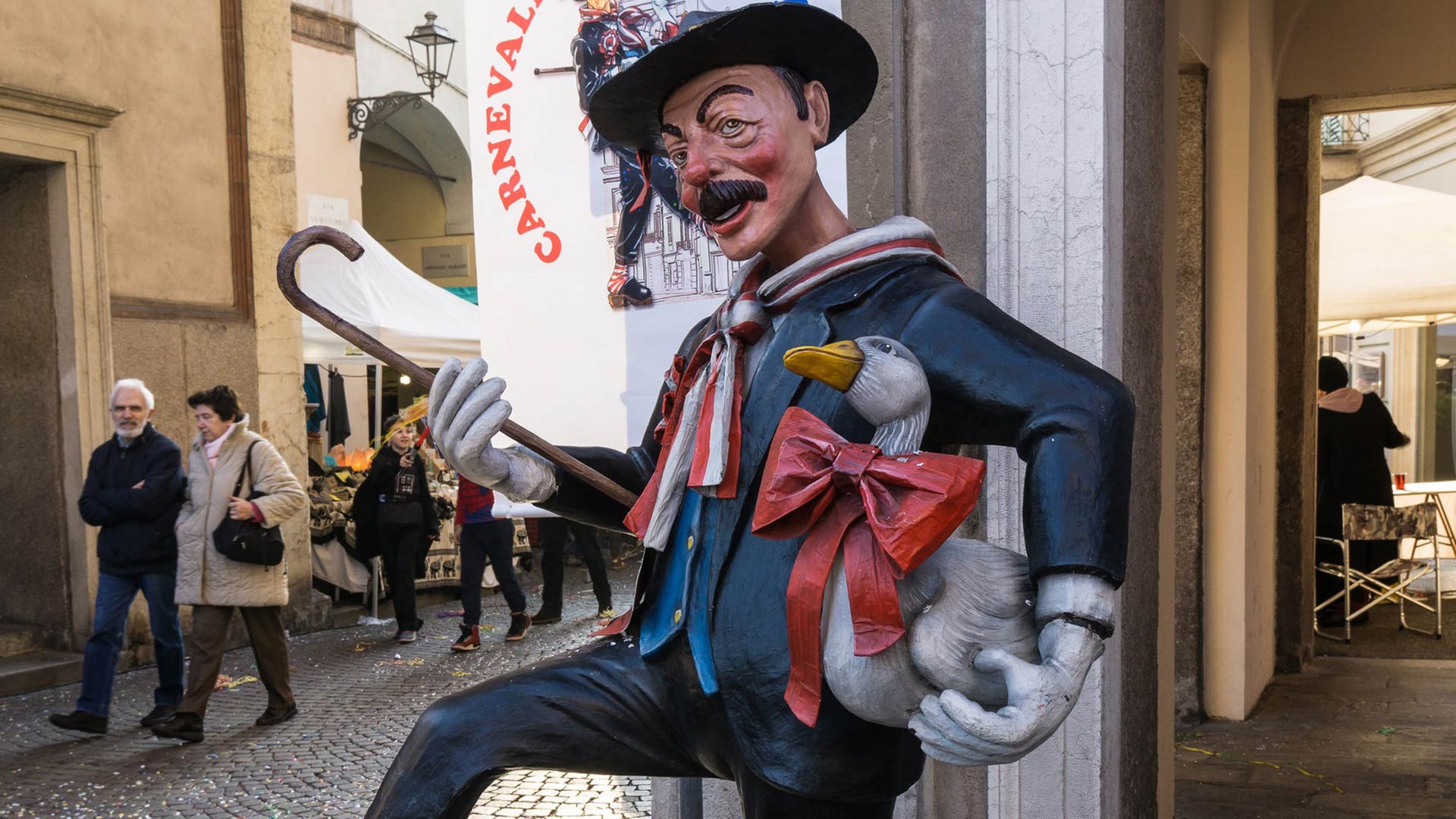
The first historical evidence of the “Cremasco” Carnival dates back to the period of the Venetian domination. Since then, with the exception of periods war or emergency health restrictions, the event has always taken place with a large public participation. For centuries now this event has been a kind of a thermometer for the town and it measures the political mood, the irony, the imagination and, in a broad sense, the state of mind of the Crema people.
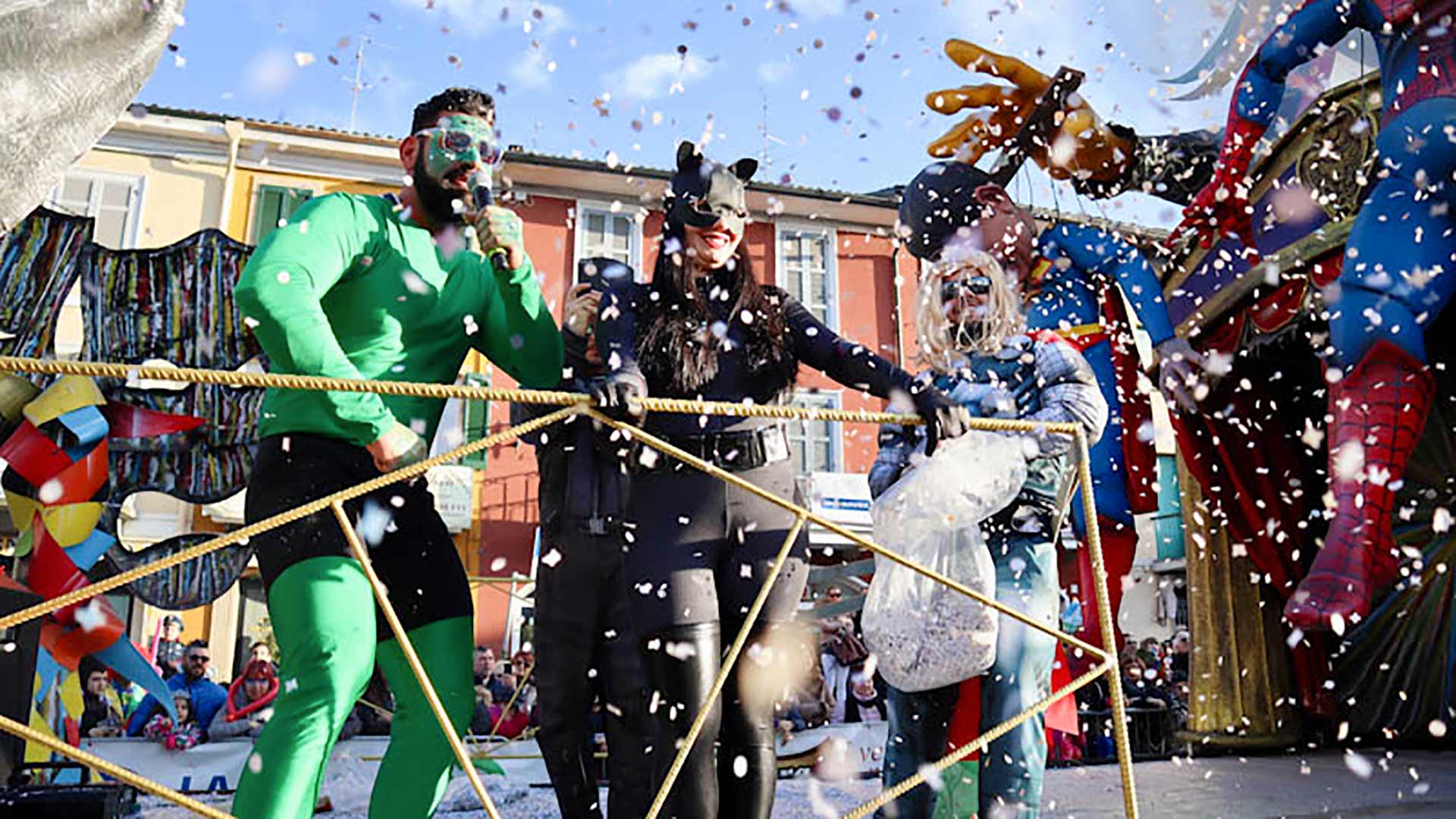
A special committee is permanently engaged to arrange the construction and preparation of the floats. It is also concerned with the organization of the participation of local folkloric groups and bands and for spectators and visitors, both from the surrounding area and from further afield.
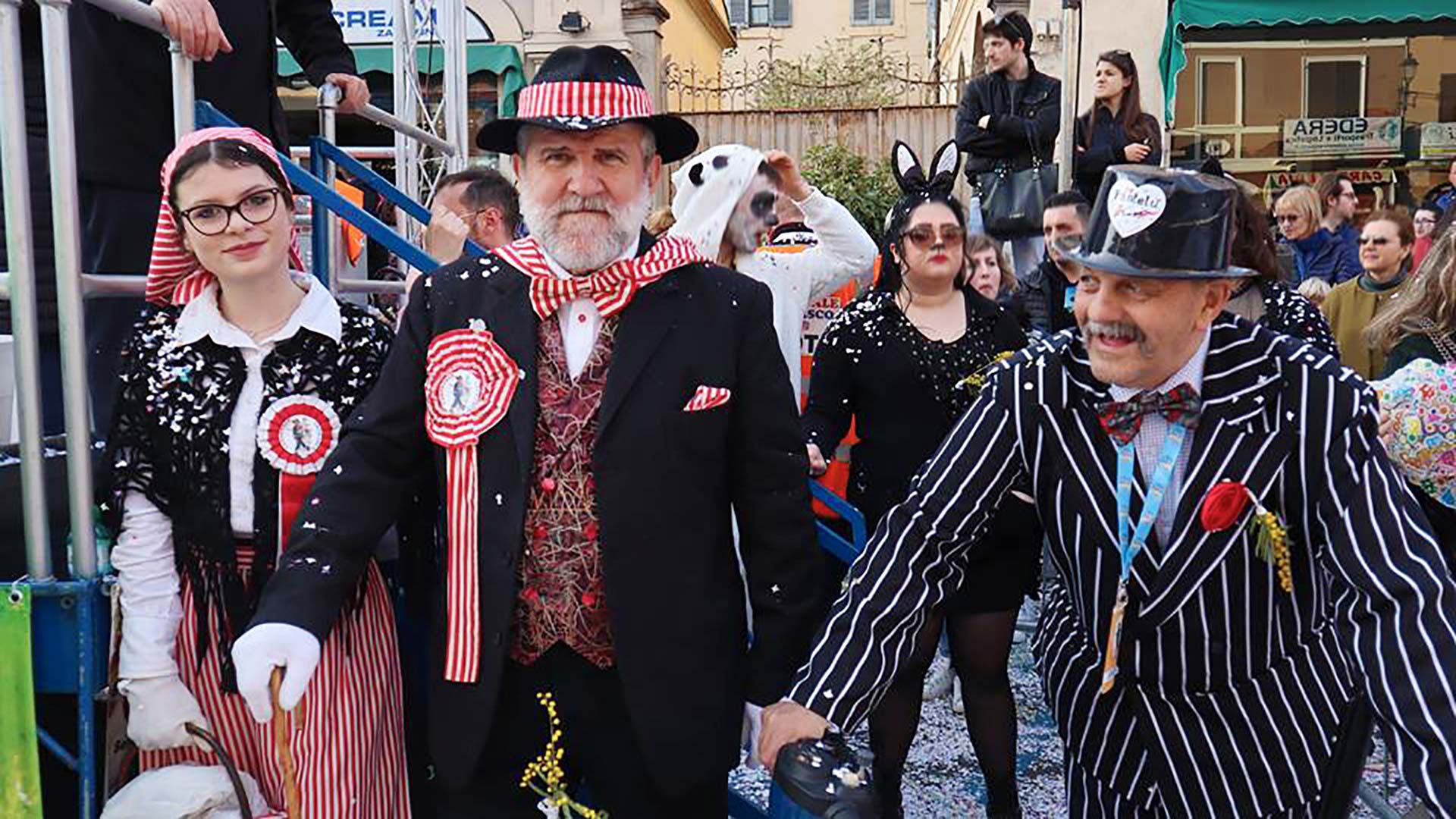
On this occasion the typical mask of Crema appears in town: “al gagèt col so uchèt” (the farmer with his goose). The farmer and his bird are considered the best representation of the Crema agricultural tradition, the modest peasant being a typical prominent figure and the goose the pillar of the food economy. “Gagi” was the name given ironically to those country men who regularly visited the town, dressed in their Sunday best and carrying their geese for market huddled together in their “curbèla” (basket).
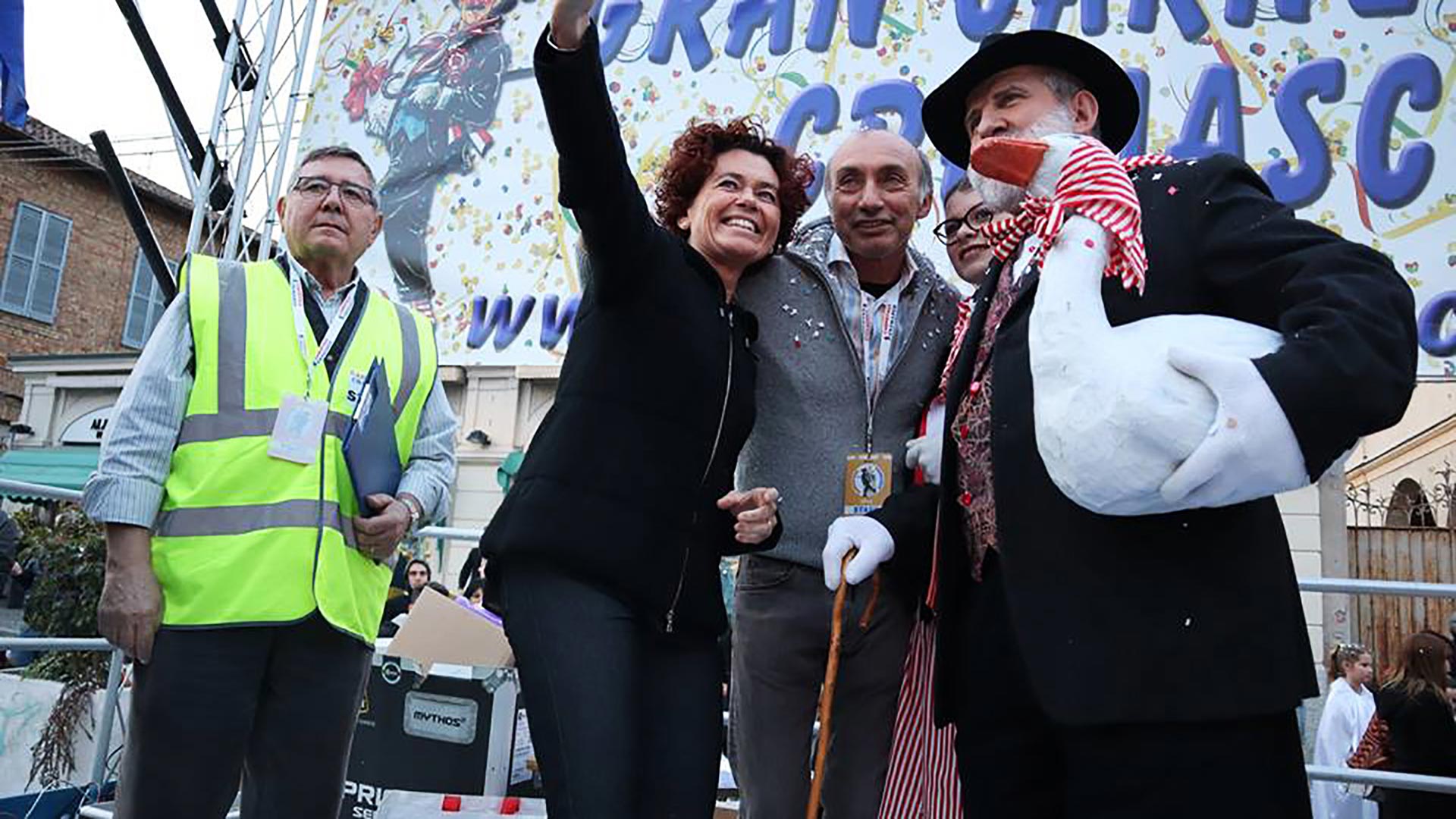
The end of the carnival celebrations culminates in Piazza Garibaldi where, among songs, dances and fireworks, the suggestive burning of King Carnival takes place and a jury of experts awards prizes to the most representative masks and groups.
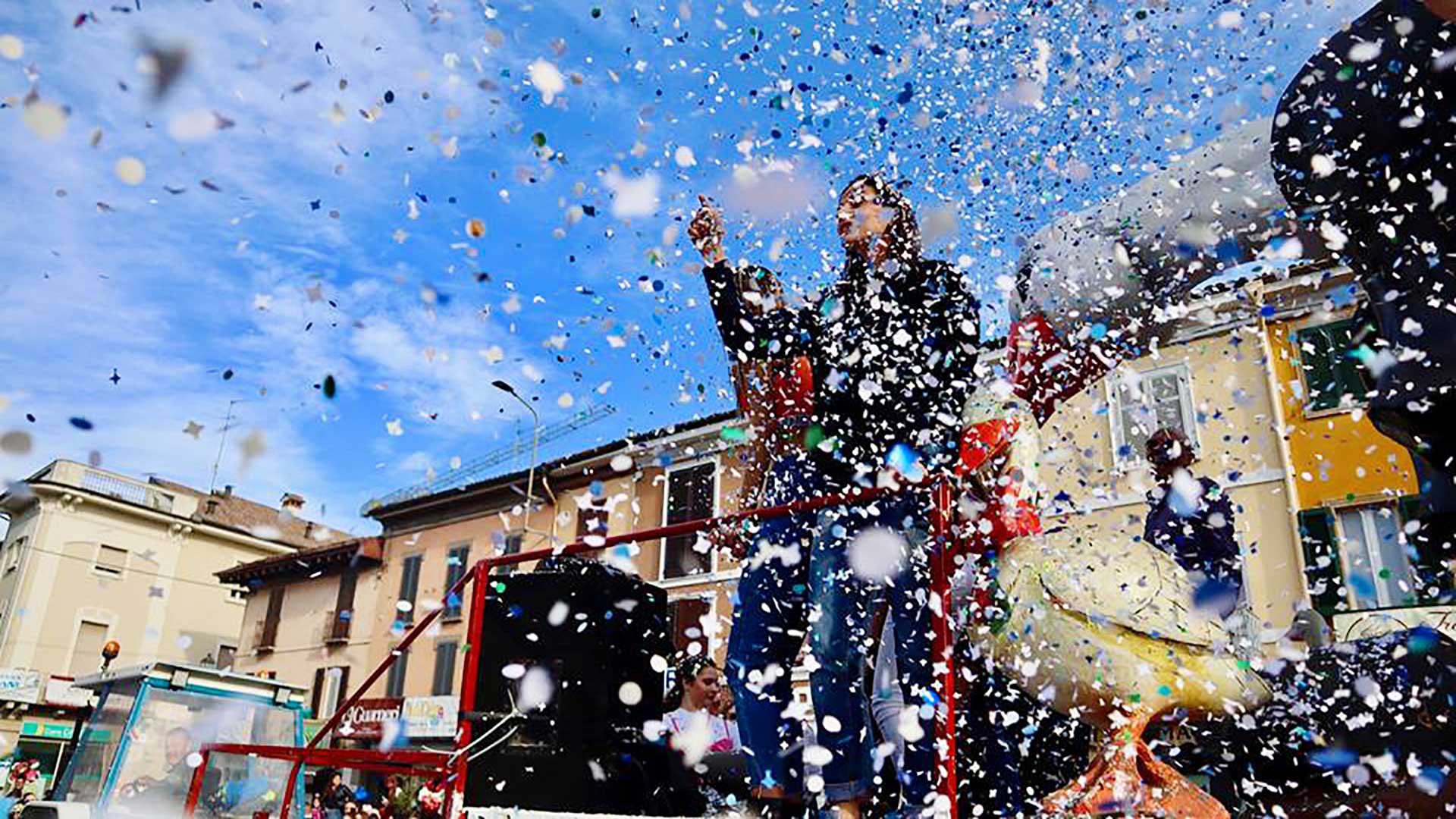
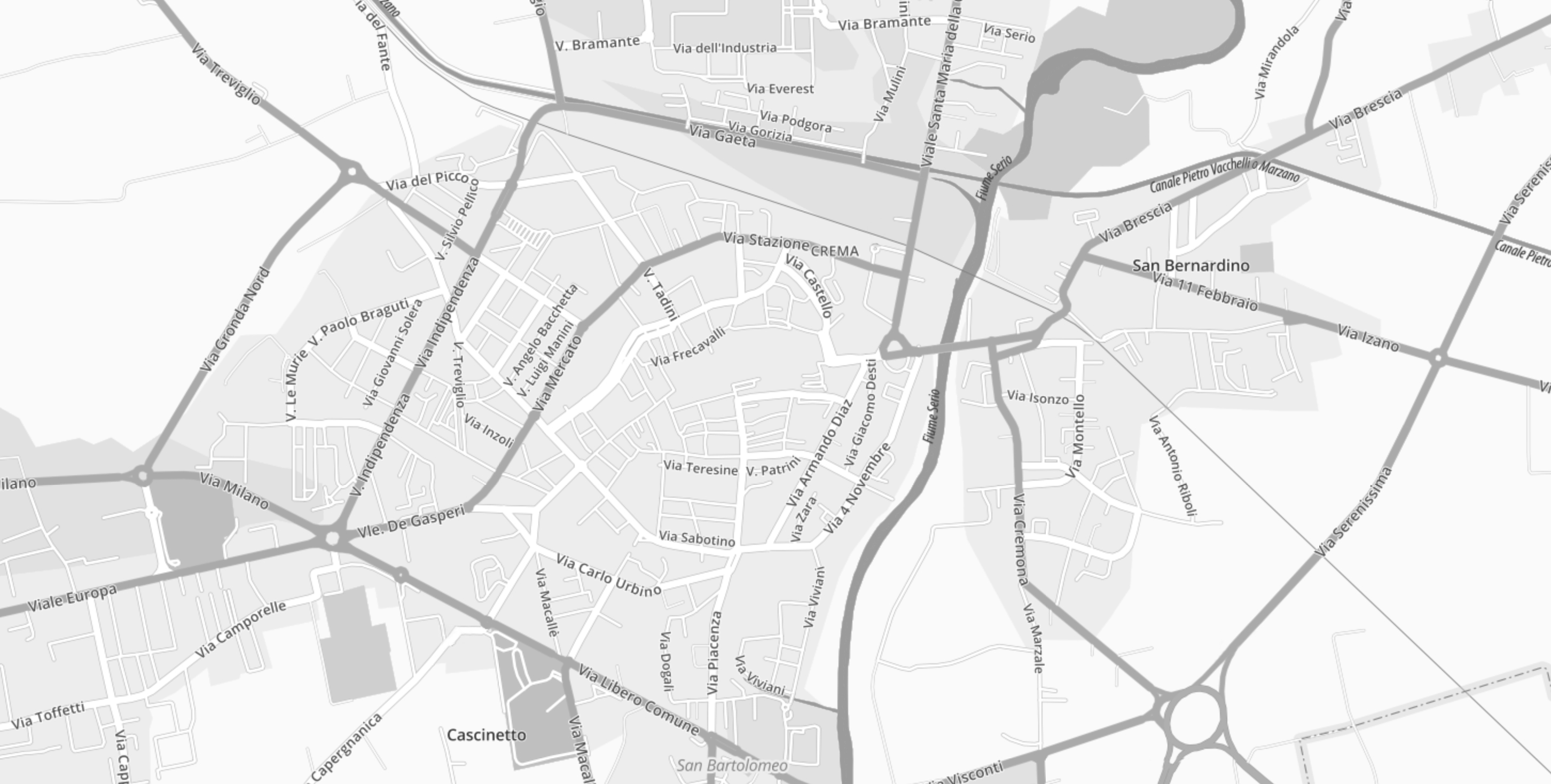
Parades through the streets of the historic center

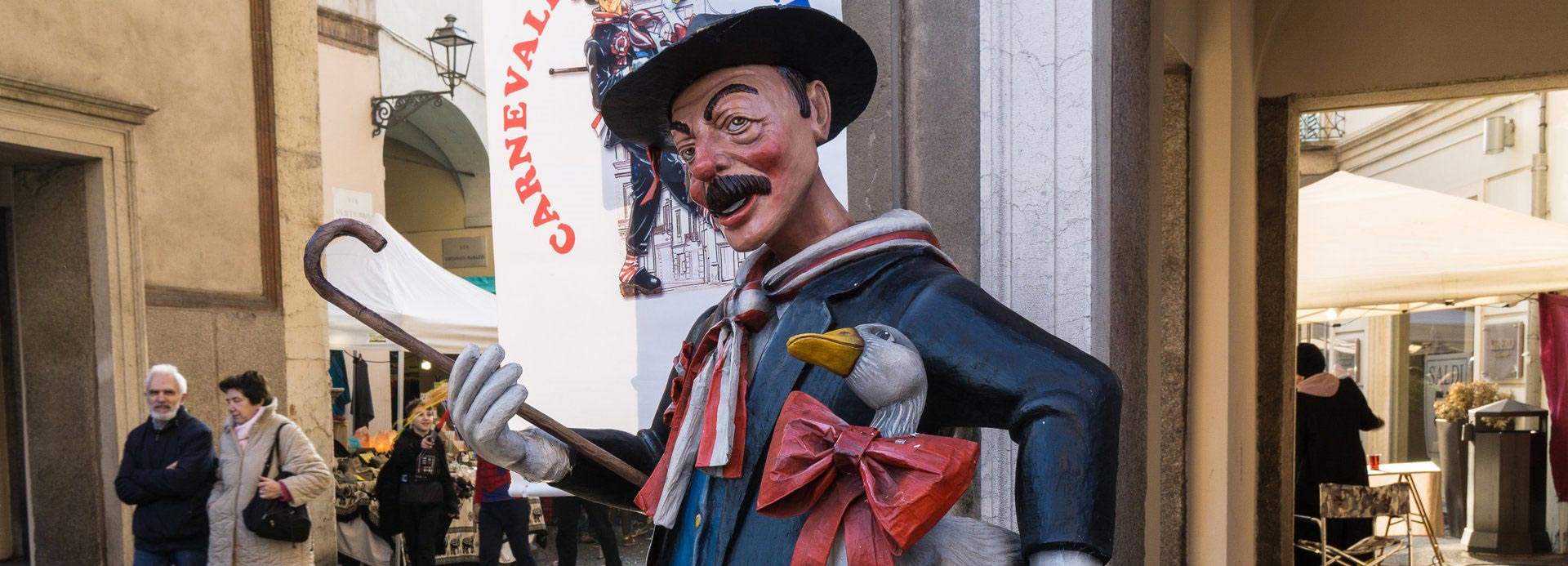
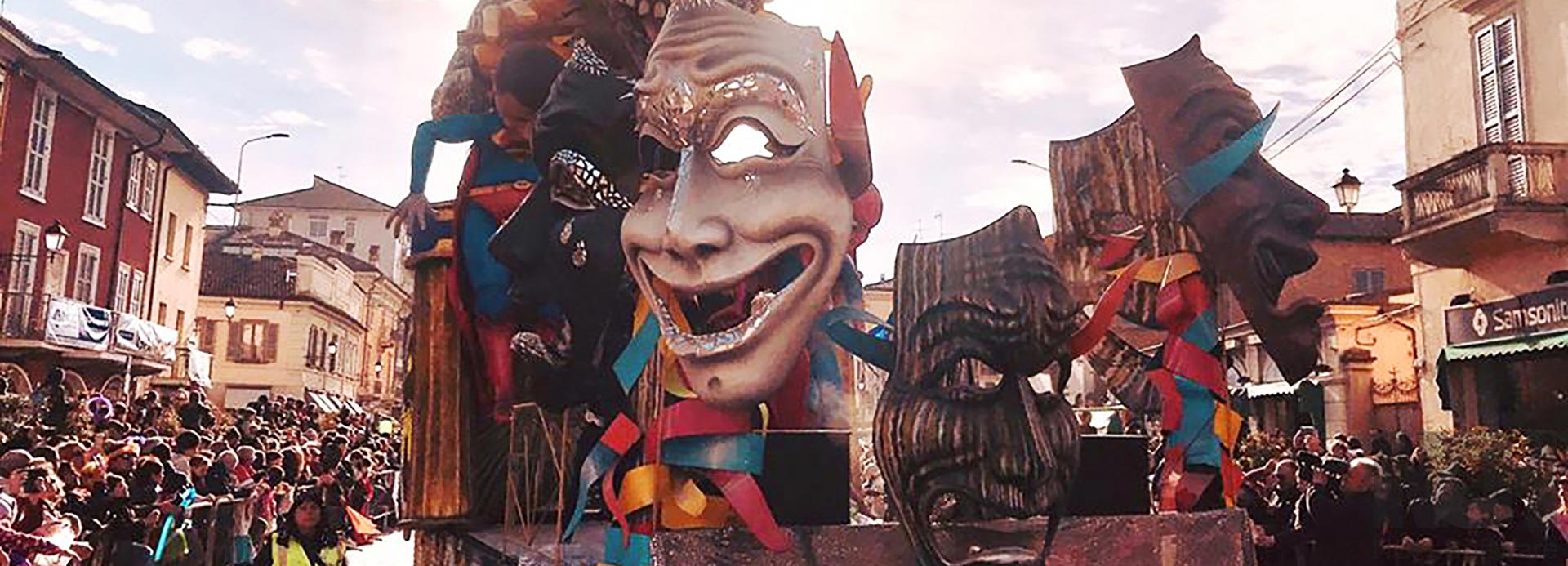
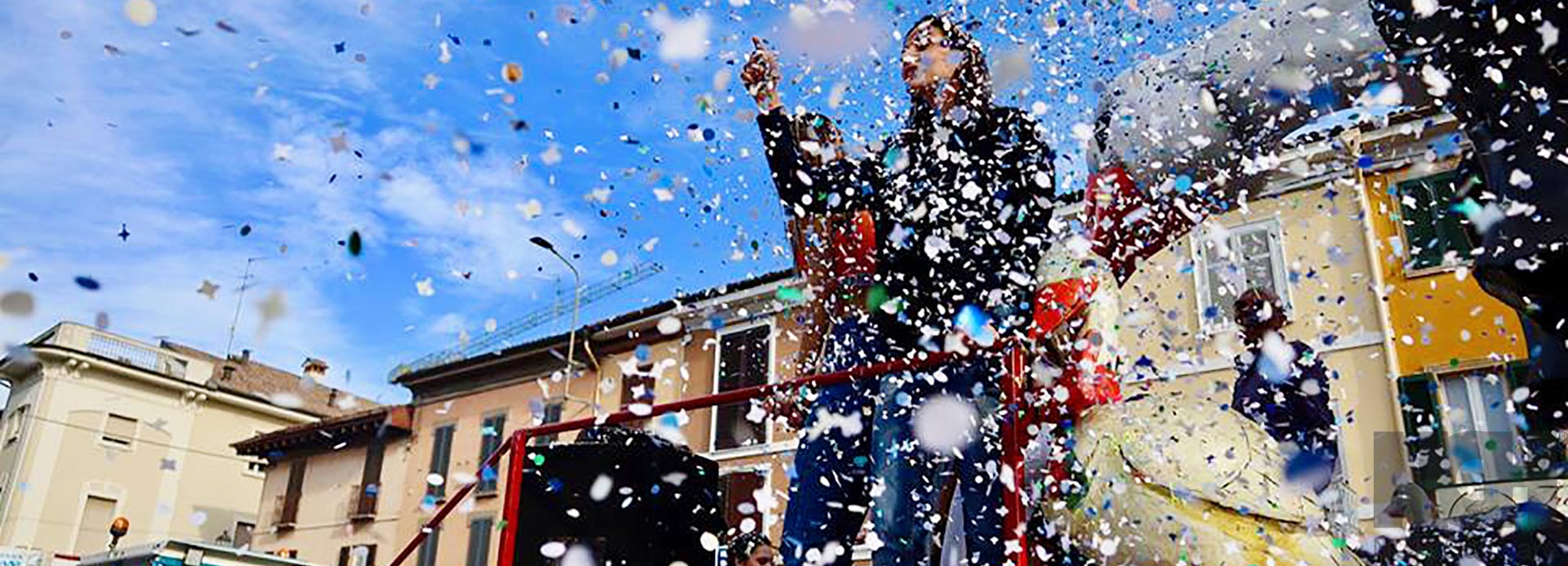
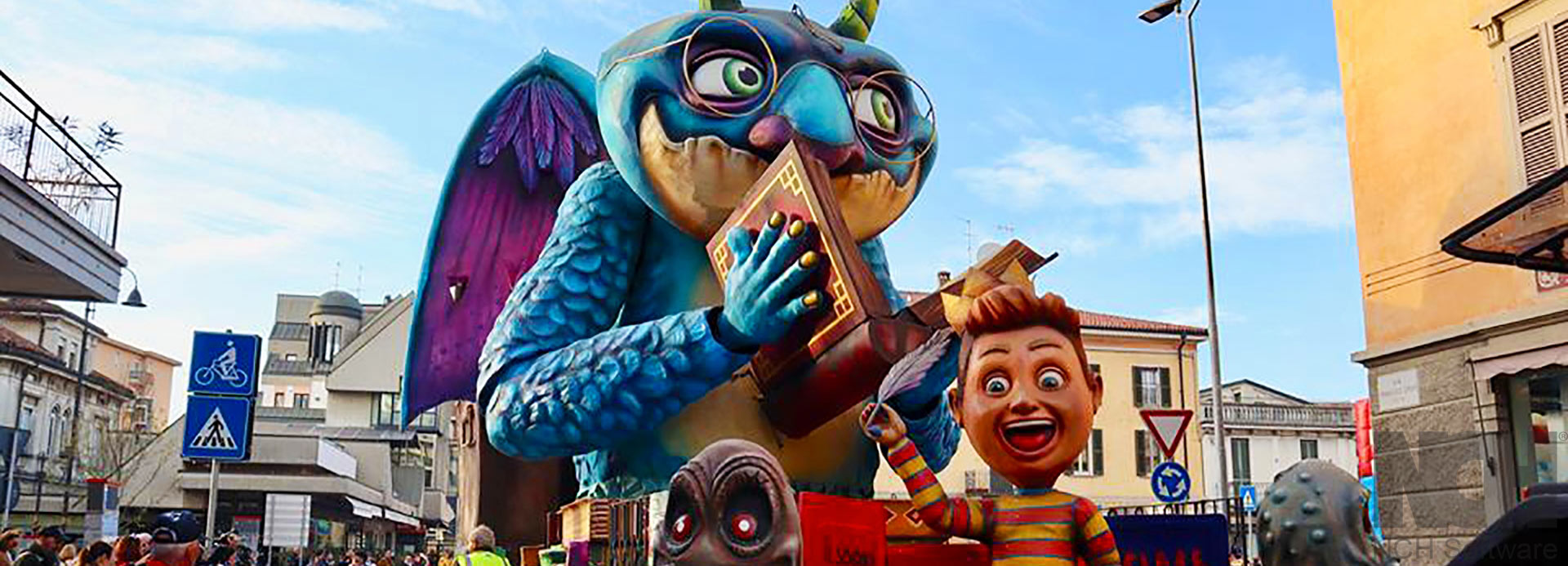
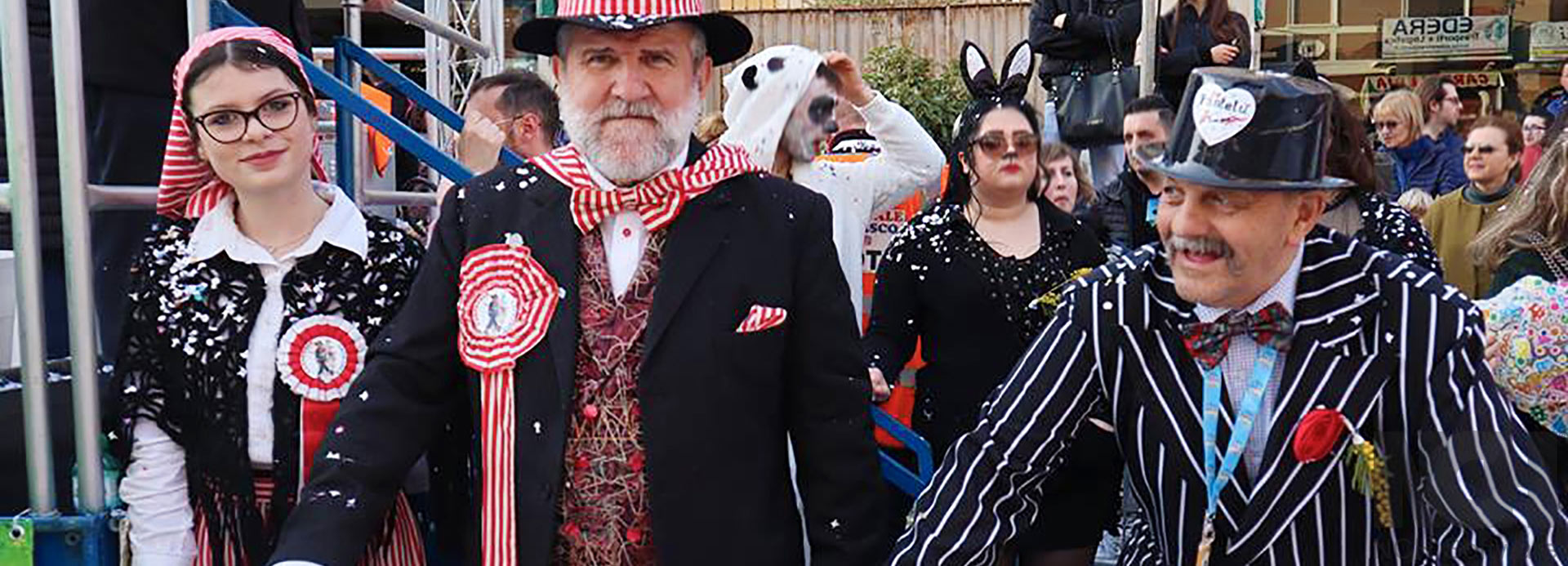
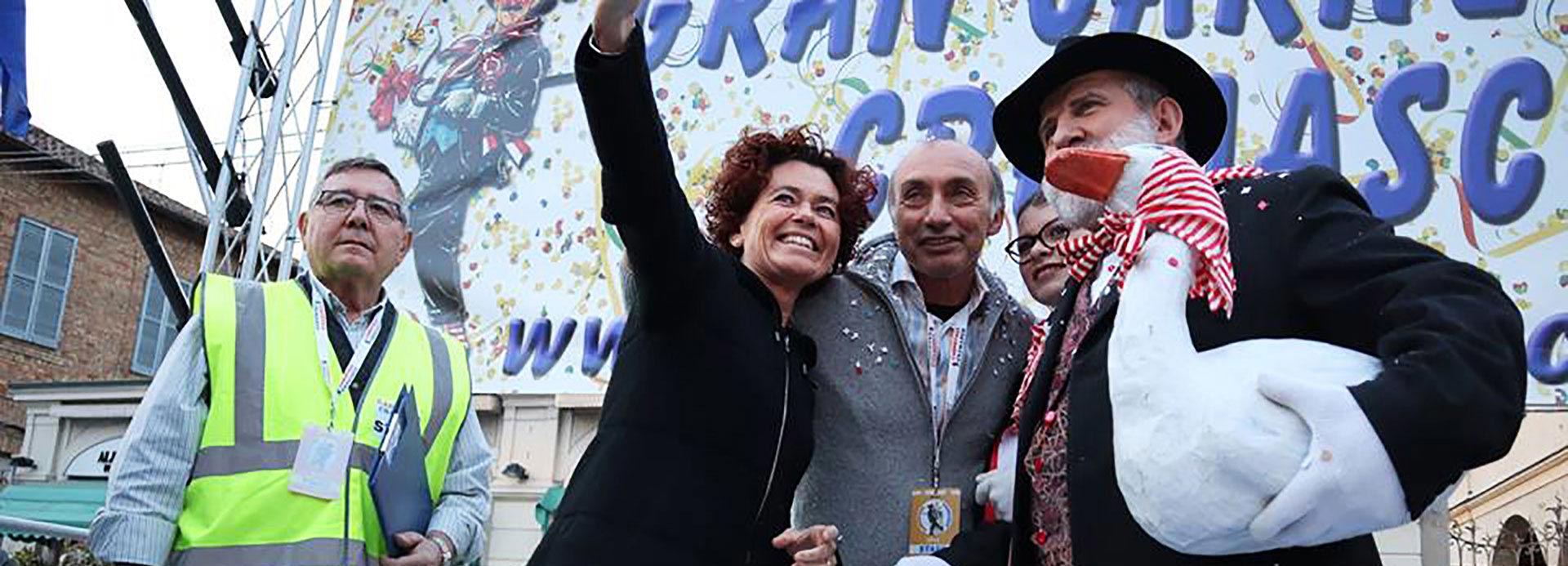
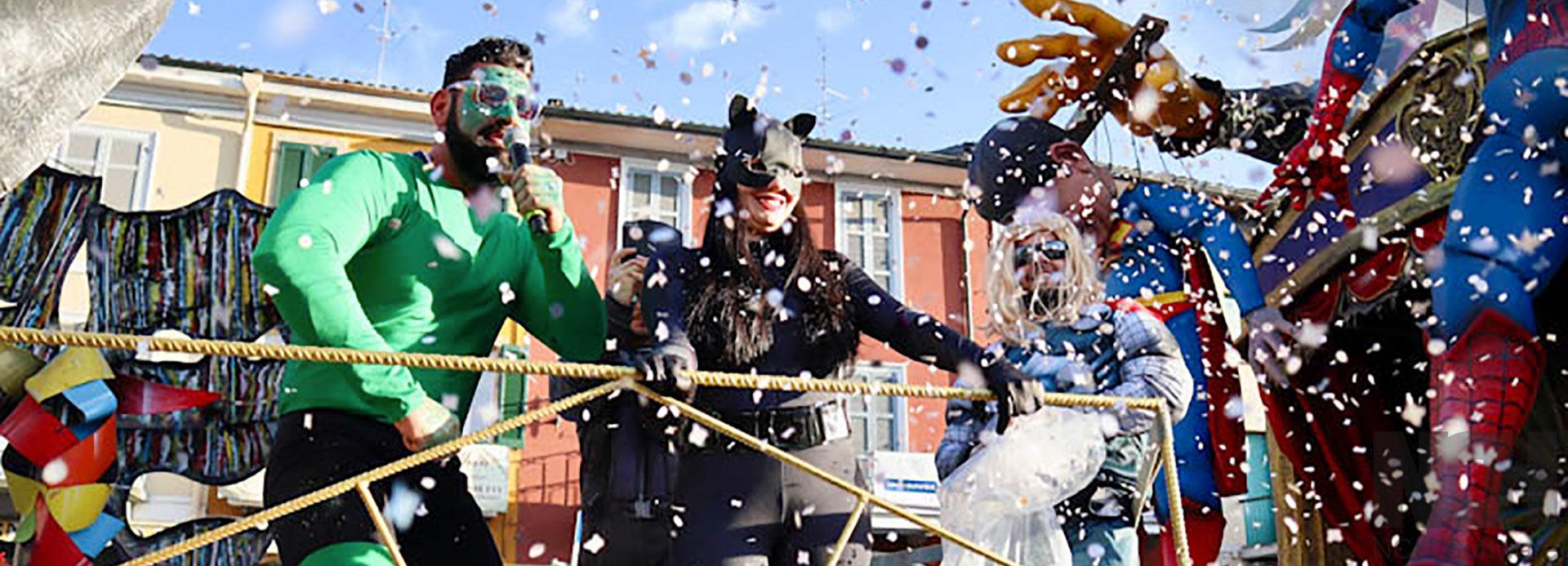
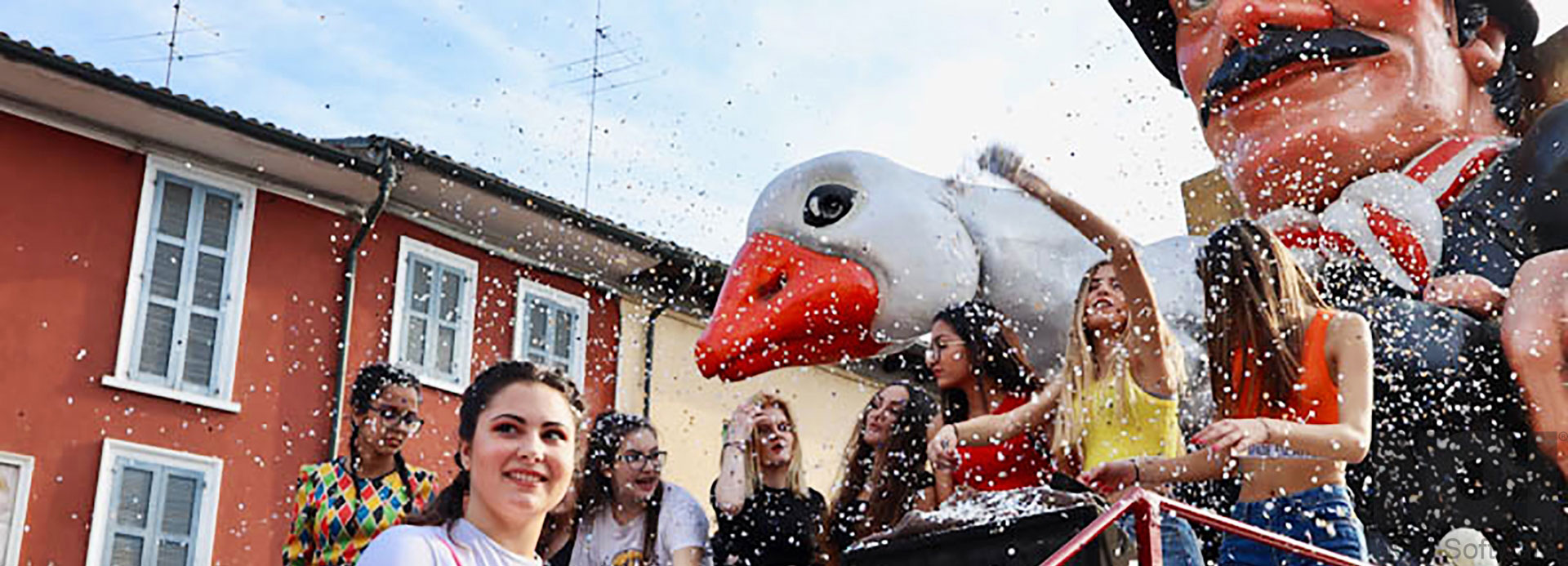
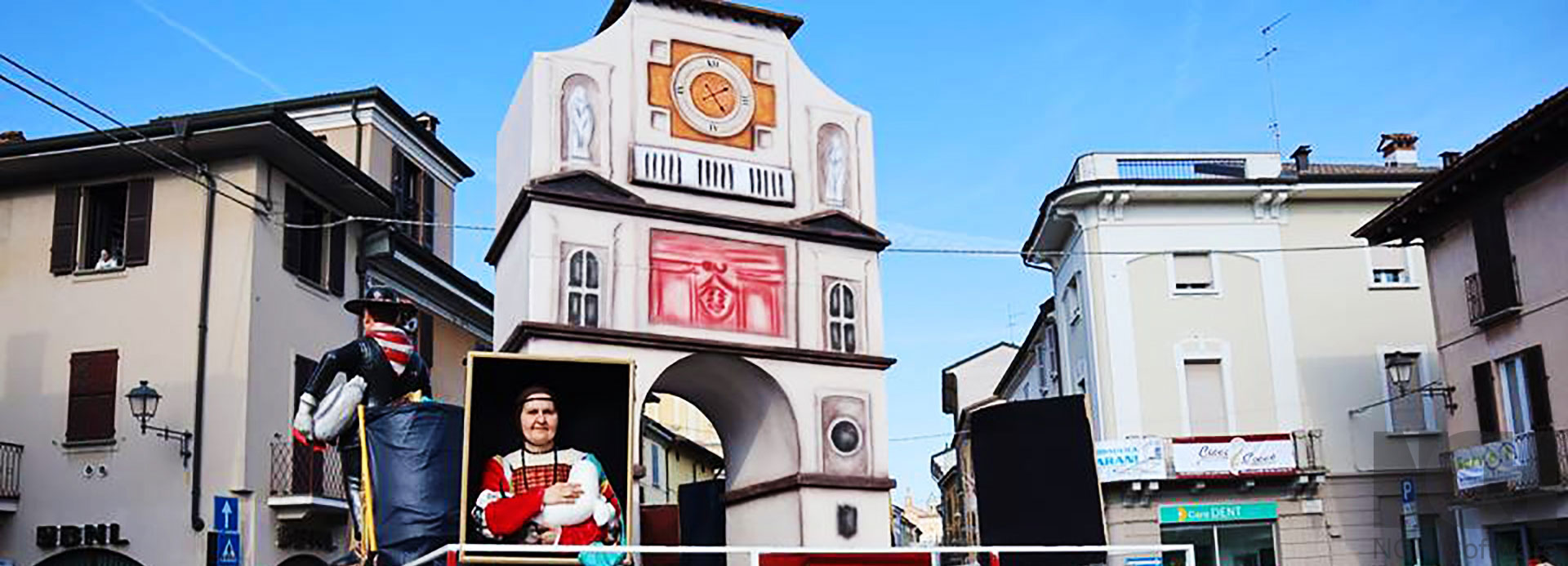
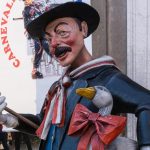
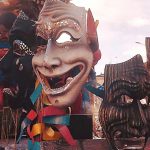



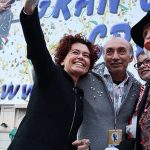


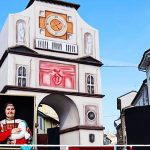
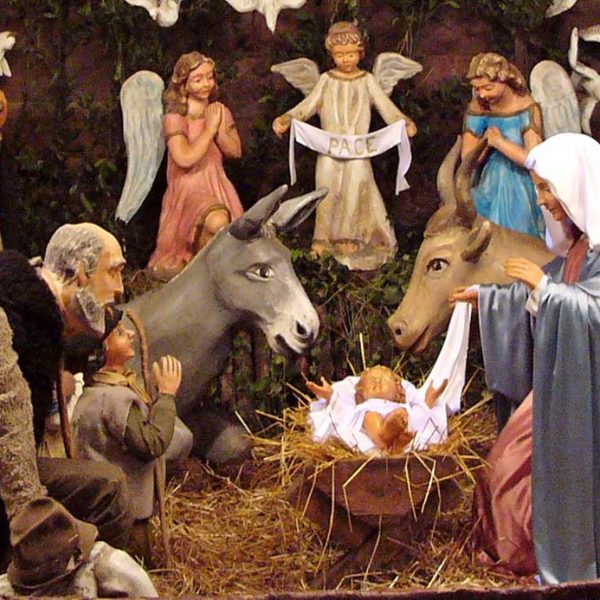
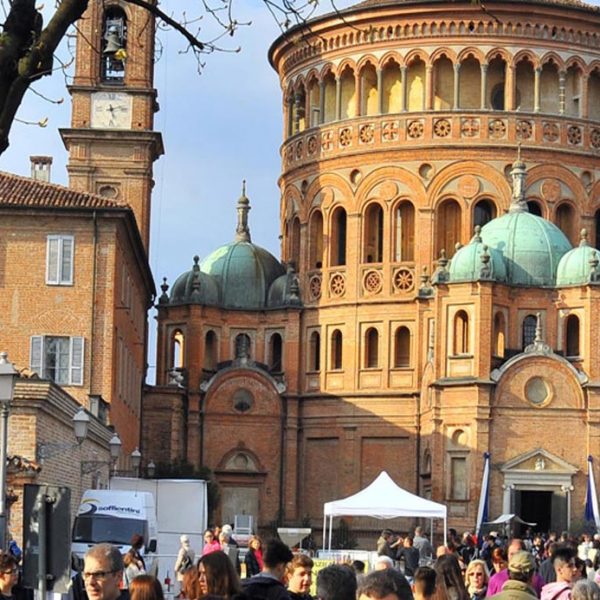
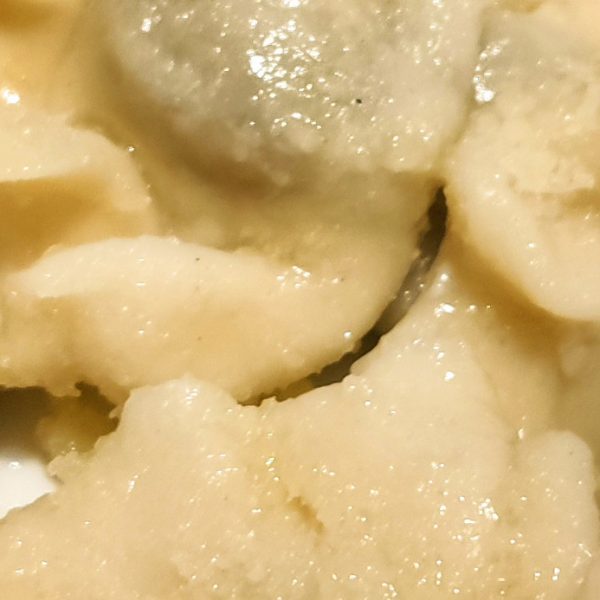
 torna alla home
torna alla home